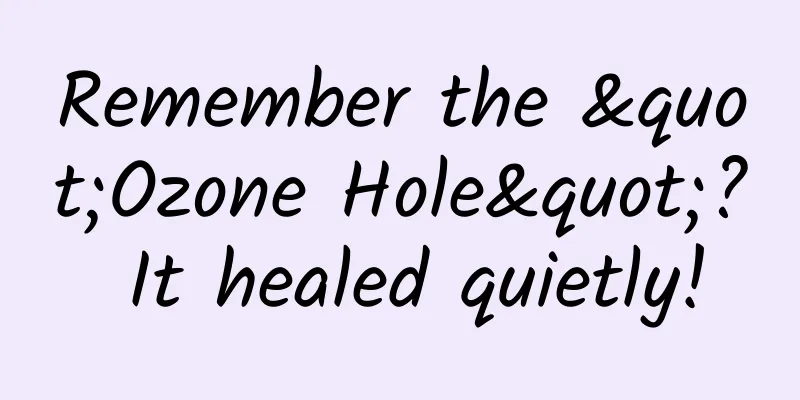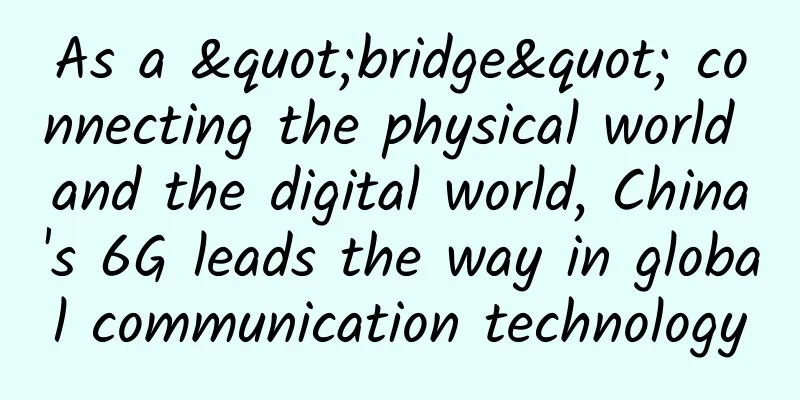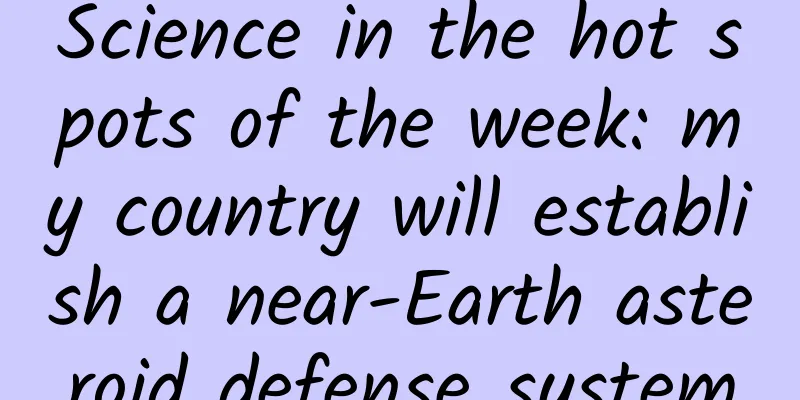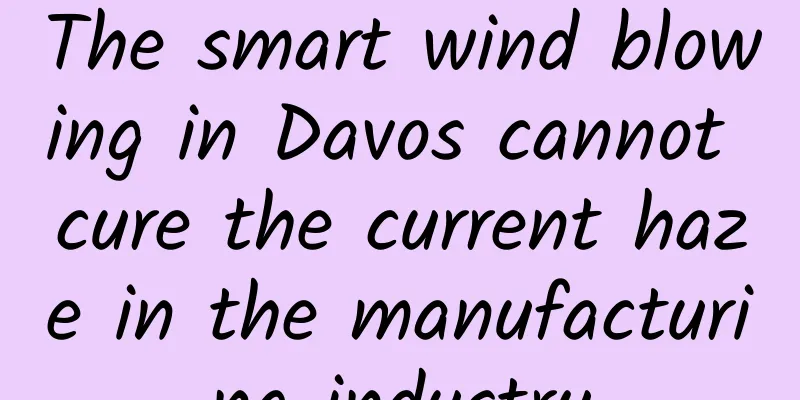Remember the "Ozone Hole"? It healed quietly!

|
When we were young, we often saw news reports about the "ozone hole crisis." The ozone hole allowed harmful ultraviolet rays to enter the atmosphere, increasing the risk of skin cancer and cataracts for humans, and even bringing about the extinction of some species. In recent years, there seems to be less news about the ozone hole, but in fact, humans have never stopped their efforts to repair the ozone layer. Until recently, we finally got good news: the ozone layer is about to heal! "The ozone layer is steadily recovering," a United Nations panel of experts said in a report released on January 9 at a meeting of the American Meteorological Society. The report confirmed that the ozone hole over Antarctica has been slowly healing since 2000. It is expected that by 2040, the global ozone layer will be able to recover to the level of 1980, that is, the level before the ozone hole problem appeared. The recovery of the ozone layer in the polar regions will take longer, but it can be said that victory is in sight. The restoration of the ozone layer is exciting news. On the one hand, humans no longer have to worry about excessive ultraviolet exposure caused by ozone layer destruction. On the other hand, it also proves that our efforts to alleviate the climate crisis are not entirely in vain. 01 There is a hole in our protective umbrella The ozone hole is not actually a "hole"; the concept refers to a decrease in the density and thickness of the ozone layer. The ozone layer is located in the stratosphere at an altitude of about 20 kilometers. It is like a huge parasol, absorbing some of the ultraviolet rays from the sun, thereby reducing the ultraviolet radiation reaching the ground. Although ultraviolet rays help synthesize vitamin D, they are also very "lethal" and can easily cause skin cancer and retinal diseases. More importantly, humans, animals and plants have undergone a long evolution and have adapted to the ultraviolet level protected by the ozone layer. If this protective layer suddenly becomes thinner or disappears, the entire biosphere will suffer a catastrophe. You may have heard that CFCs can deplete the ozone layer, but the scientific community first paid attention to the ozone layer problem because of another "tear of the times", that is, supersonic aircraft. In 1971, American scientist Harold Johnston discovered that supersonic aircraft could pose a threat to the ozone layer because their flight altitude is right in the ozone layer and the nitrogen oxides they produce would catalyze the decomposition of ozone. Since the development of supersonic aircraft was a hot project at the time, this issue immediately attracted great attention and spawned a series of atmospheric chemistry studies. Although supersonic aircraft gradually withdrew from the stage of history due to economic reasons, these studies later came in handy. In 1985, British geophysicist Joseph Farman discovered that the thickness of the ozone layer above Antarctica had dropped significantly since the 1970s, and the extent of the damage was far beyond what scientists had expected at the time. After research, scientists found that the biggest culprit for the ozone hole was the widely used chlorofluorocarbons (CFCs), commonly known as Freon. They were widely used in refrigerators, air conditioners, perfumes, and pesticides at the time. Once they entered the air and rose into the stratosphere, they would become a catalyst for decomposing ozone, and it would take nearly a hundred years for them to be basically completely decomposed and digested. Freon, the ozone killer In the 1820s, humans invented Freon, a substance with stable chemical properties and high safety for the human body, which was once widely used as a refrigerant and foaming agent. Some foam hair sprays in the past, or "refrigerants" for refrigerators and air conditioners, used Freon. But in 1974, Mexican chemist Mario Molina, American chemist Sherwood Rowland and others discovered the fatal flaw of CFCs: CFCs released into the environment would gradually migrate to the ozone layer with atmospheric movement, where they would decompose under strong ultraviolet radiation, producing free chlorine atoms that catalyzed the decomposition of ozone. Although emissions of substances such as CFCs are the result of industrial activities and are mainly concentrated in the Northern Hemisphere, the ozone layer above the polar regions is most seriously damaged. Dutch atmospheric chemist Paul Crutzen found that this is because the low temperatures in the polar regions cause water to condense to form polar stratospheric clouds, which are rich in substances that catalyze the decomposition of ozone. Stratospheric clouds over Antarctica. Image source: Wikipedia 03 Humans can save the earth Just like the controversy surrounding climate change today, the ozone hole issue was also questioned at the time: Is the polar ozone hole caused by human industrial activities or natural fluctuations in the climate system? Freon is widely used in industry. The attempt to restrict Freon harmed the interests of many people and the whole process encountered many obstacles. But in the end, scientists used evidence to prove that human activities are the main cause of the ozone hole. Thanks to their efforts, the Montreal Protocol on Substances that Deplete the Ozone Layer was adopted in 1987 and came into effect on January 1, 1989. Driven by this protocol, countries began to gradually stop using CFC refrigerants and began to look for more environmentally friendly alternatives to CFCs. Molina, Rowland and Crutzen won the Nobel Prize in Chemistry in 1995 for their work on protecting the ozone layer. Image source: nobelprize.org China also joined the Montreal Protocol in 1991 and finally completely banned the production of CFC substances on July 1, 2007. The process of ozone layer repair is by no means smooth. In the spring of 2020, the ozone hole over the Arctic expanded, and the amount of ozone lost reached its highest level since 2011. Analysis found that this was because a strong stratospheric polar vortex appeared at the time, which was very cold, stable and long-lasting. The halogen elements gathered in the vortex promoted the decomposition of ozone, and the existence of the vortex prevented ozone from flowing and spreading from other regions to fill the gap. In March 2020, an ozone hole suddenly appeared above the Arctic (blue area). Professor Hu Yongyun's team at Peking University believes that its formation may be related to the abnormally warm waters in the North Pacific from January to March 2020. Image source: Yan Xia, DOI: 10.1007/s00376-021-0359-9 Fortunately, nearly half a century of efforts by countries around the world have finally paid off. The "Scientific Assessment of Ozone Depletion" report is released every four years. The recently released 2022 report is the 10th edition, which finally confirmed that since 2000, the ozone hole above Antarctica has been slowly repairing, shrinking in area and increasing in thickness. Efforts to gradually limit ozone-depleting substances continue. The report predicts that if current policies continue, the Antarctic ozone hole will be repaired by 2066, and the Arctic by 2045. Protecting the ozone layer not only helps protect against ultraviolet rays, but also helps to combat global warming. The report shows that compared with the scenario of not restricting the use of CFCs and HFCs, measures to protect the ozone layer have reduced global warming by 0.5~1 °C. More importantly, "the action to protect the ozone layer has set an example for climate action," said Petteri Taalas, Secretary-General of the World Meteorological Organization (WMO). Since humans can successfully save the ozone layer, as long as there is enough determination, the climate problem can also be solved. This is not only to save the earth, but also to save mankind itself. References: [1]https://www.unep.org/news-and-stories/press-release/ozone-layer-recovery-track-helping-avoid-global-warming-05degc [2]World Meteorological Organization (WMO). Executive Summary. Scientific Assessment of Ozone Depletion: 2022, GAW Report No. 278, 56 pp.; WMO: Geneva, 2022. [3]https://ozone.unep.org/system/files/documents/Scientific-Assessment-of-Ozone-Depletion-2022-Executive-Summary.pdf [4]https://www.nobelprize.org/prizes/chemistry/1995/press-release/ [5]http://www.gov.cn/gzdt/2007-06/27/content_663208.htm https://www.unep.org/ozonaction/who-we-are/about-montreal-protocol [6]Xia, Yan, et al. "Record Arctic ozone loss in spring 2020 is likely caused by North Pacific warm sea surface temperature anomalies." Advances in Atmospheric Sciences 38.10 (2021): 1723-1736. https://link.springer.com/article/10.1007/s00376-021-0359-9 Author: Maya Blue Source: Guokr |
<<: Do you run to escape reality? Beware of developing "exercise addiction"
>>: Taking the "Earth" with you on a "wandering" trip is the daily routine of astronauts
Recommend
12 tips to attract new users!
Introduction: User operations are actually divide...
Shoveling ice like this will cause the refrigerator to explode. Tell your family and friends quickly!
These days, there is a saying circulating on the ...
10 Valentine's Day copywriting pieces for your reference!
Valentine's Day is coming. Are you single or ...
Dapeng Education-Art Basics Entry Package
Dapeng Education-Art Basics Entry Package Resourc...
Release a spacecraft to knock away an asteroid. Humanity's first field test of planetary defense. Purpose: How to prevent asteroids from hitting the Earth
Human beings have never done anything like this b...
2017 Artificial Intelligence Research Report
Key points: 81% of IT companies are investing or ...
Major discovery! Could the plume fountains on Enceladus contain new evidence of extraterrestrial life?
A planetary science study published in Nature Ast...
Android 9.0 is now available! Xiaomi, OnePlus, and OV are the first to release it
Google announced today that Android P (not surpri...
How to sell goods through live streaming on Douyin?
Live streaming sales on Douyin is one of the hott...
Understand information flow video ads and their delivery strategies in 3 minutes!
On the one hand, the professionalism of “If you h...
Internet car companies face challenges in both funding and qualifications when entering the new energy vehicle market
According to relevant national plans, the product...
The Chang'an in the movie "30,000 Miles of Chang'an" is not the Xi'an today!
The recently released animated film "30,000 ...
Microsoft's lesson: Android and Chrome OS integration is a false proposition
[[154646]] Recently, the Wall Street Journal repo...
Technology trends for 2015, etc. This alien feels like he's from Mars.
[[125812]] The new year has arrived. At this time...
How much does it cost to customize the Zhongshan agricultural products mini program? Zhongshan agricultural products applet customized price inquiry
WeChat Mini Program is an application that users ...









